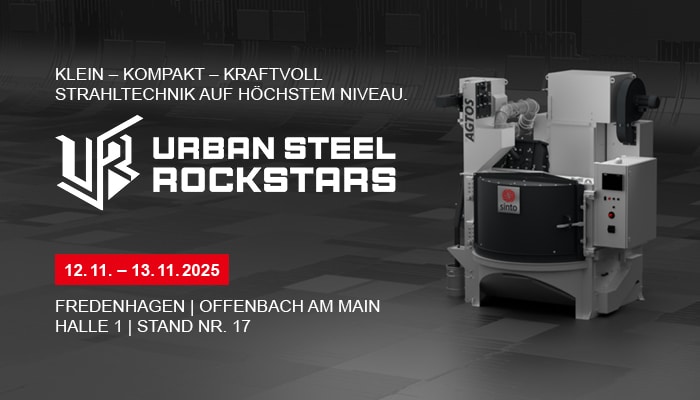Blasting abrasive
The effect of the blasting process on the surface depends on many parameters. On the one hand, this concerns the technical design and settings of the blasting machines. The blasting media used also plays a major role in the quality of the blasting process. The desired result of the blasting process, e.g. cleaning, roughening or hardening, therefore also determines the choice of the appropriate blasting medium.
Various manufacturers, materials, shapes and sizes are available on the market. The range of possible combinations is therefore very wide.
AGTOS blasting systems are designed in such a way that turbines and blasting media circuits allow the ideal blasting media to be selected. First the material is determined, then the grain size is specified. A grain diameter of 0.1 mm can hardly be distinguished from dust, but can be used in AGTOS blasting systems thanks to the easily adjustable air classifier. At the other end of the size scale are steel beads with a diameter of 3 mm. These are also known colloquially as “cannonballs”. The general principle is: as coarse as necessary, but as fine as possible.
Steel blasting media
Steel is the standard material for use in foundries, forges and steel construction. It is mainly used as cast steel, but cut steel wire is also used in many applications.
In cast steel, the carbon content determines the durability and aggressiveness of the abrasive. Highly carbonized abrasive breaks faster. The fracture points are sharp-edged and intensify the steel process. Low-carbon abrasive is considered more durable and gentler. Our specialists will be happy to answer the question of which abrasive should be used when.
If the surface is to be given a greater roughness, partially or completely angular abrasives can be used instead of round abrasives. Aspects relating to the durability of the abrasive and the system are also taken into account. In addition to the shape and composition of the abrasive, the degree of hardness of the abrasive also plays a decisive role here.
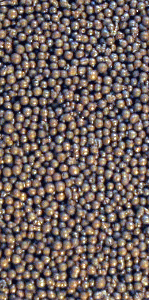
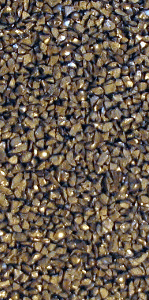
Aluminium blasting media
The use of aluminum blasting media is becoming increasingly popular for processing aluminum workpieces. Here, too, there is a choice between cast blasting material and wire grit. Drawn wire is cut into cylinders for production. In this form, the abrasive is more aggressive than rounded abrasive and is often used for forged aluminum parts. Aluminum abrasive has an enormously positive effect on the wear of a system. This means that significantly lower costs for maintenance and repair work can be expected. An important point for the aluminum blasting abrasive is its electrochemically neutral behavior.
Zinc-aluminium blasting media
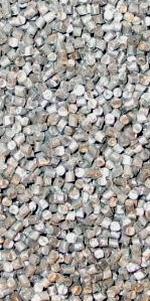
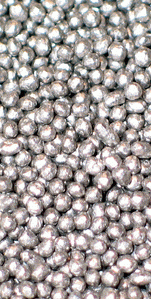
Stainless steel abrasive
Aluminum surfaces, for example, can also be processed with stainless steel abrasive. Ferritic components do not get into the surface of the workpieces and the specific weight corresponds to that of steel blasting media. In addition, hardened and tempered steels can also be blasted, e.g. to remove temper colors from weld seams. It is not desirable to process the surface of these stainless steels with “ferritic” blasting abrasives.
Individual
Blasting media advice
The list of available blasting media can be extended to include plastic blasting media, glass beads, corundum, ground nutshells and countless other exotic materials. Simply talk to our experts about your individual application and receive competent advice!
